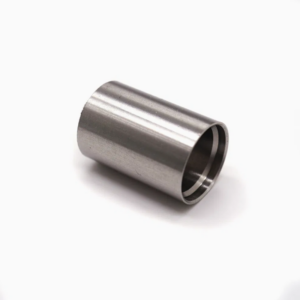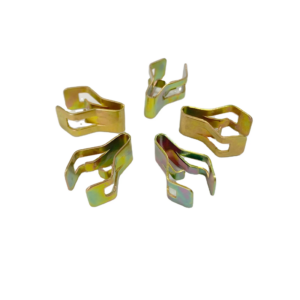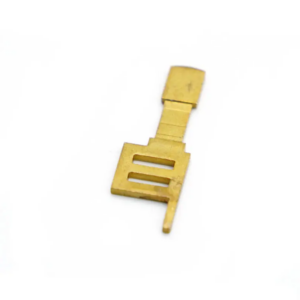Hello, and welcome! This is Sunny from Plantmetal. In today’s blog, we are going to explore one of the most essential aspects of metal stamping: defects. Despite the advanced techniques in the industry, various defects can still occur during the stamping process, impacting the quality of your products. Metal stamping defects, such as cracks, wrinkles, and surface strains, can significantly affect both the appearance and functionality of your parts. In this post, we will dive deep into the common types of metal stamping defects, their causes, and, most importantly, the preventive measures you can take to avoid these issues. At Plantmetal, we are committed to delivering high-quality metal stamping services, and understanding these defects can help you achieve superior results with our solutions.
The Common Types of Metal Stamping Defects
Metal stamping is a precise and efficient manufacturing process, but like any technique, it is not without its challenges. Several common defects may arise during the process, each with its specific causes and solutions. Here’s a closer look at the most frequent types of metal stamping defects:
1. Cracks
Cracks are one of the most serious defects in metal stamping. These typically occur when the metal undergoes excessive tensile stress during stamping, often in areas where stress concentrations are highest. Cracking can lead to part failure and significant damage, affecting the functionality and safety of the component. This defect is commonly found at bends, edges, or corners where metal stretching is most severe.

2. Wrinkling
Wrinkles are another prevalent defect in metal stamping, particularly when dealing with thin sheets or curved areas. Wrinkling occurs due to uneven distribution of material during stamping, which can cause the metal to fold or distort, leading to an unsightly finish. Wrinkled parts may suffer from decreased strength and functionality, as well as poor surface aesthetics. These defects can often be avoided by carefully controlling the stamping parameters, such as punch speed and pressure.
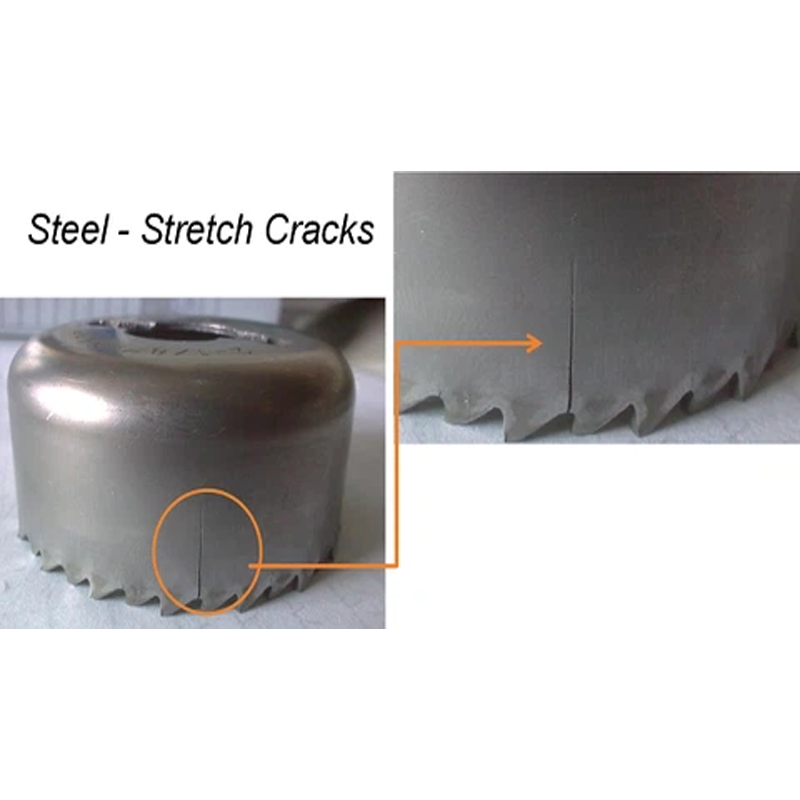
3. Folding
Folding is a defect that manifests as burrs or flakes at the edges of the metal part. This usually happens when the cutting tool fails to fully sever the material, leaving incomplete edges. Folding can negatively impact both the visual appeal and mechanical integrity of the part, particularly when it affects the part’s connection or assembly features.
4. Blanking Burrs and Missed Cuts
Blanking burrs occur when the metal edges are not completely severed during the cutting or stamping process. These imperfections can cause uncut portions of the material to remain attached, which might lead to functionality problems in the final part. Missed cuts, if not addressed immediately, can further result in material leakage, additional processing challenges, and compromised part strength.

5. Uneven Stretching
During the metal stamping process, the material undergoes tensile stress, which, if distributed unevenly, can lead to uneven stretching. Certain areas of the part may stretch more than others, resulting in shape distortion and surface defects. This defect is often caused by poor tooling or improper stamping parameters and can result in parts that do not meet the required specifications.
6. Indentations
Indentations are depressions or marks that appear on the surface of the metal parts, often caused by the presence of foreign debris or contaminants between the dies. Dust, oil, and other impurities can press into the metal, leaving permanent indentations. These defects affect both the appearance and mechanical properties of the part, such as its strength and durability.
7. Surface Defects
Surface strains, such as scratches or abrasions, can occur when the metal is not handled properly during stamping. These imperfections not only affect the aesthetics but also increase the risk of corrosion, especially in parts exposed to harsh environments. Surface defects can significantly reduce the overall quality and performance of the part.
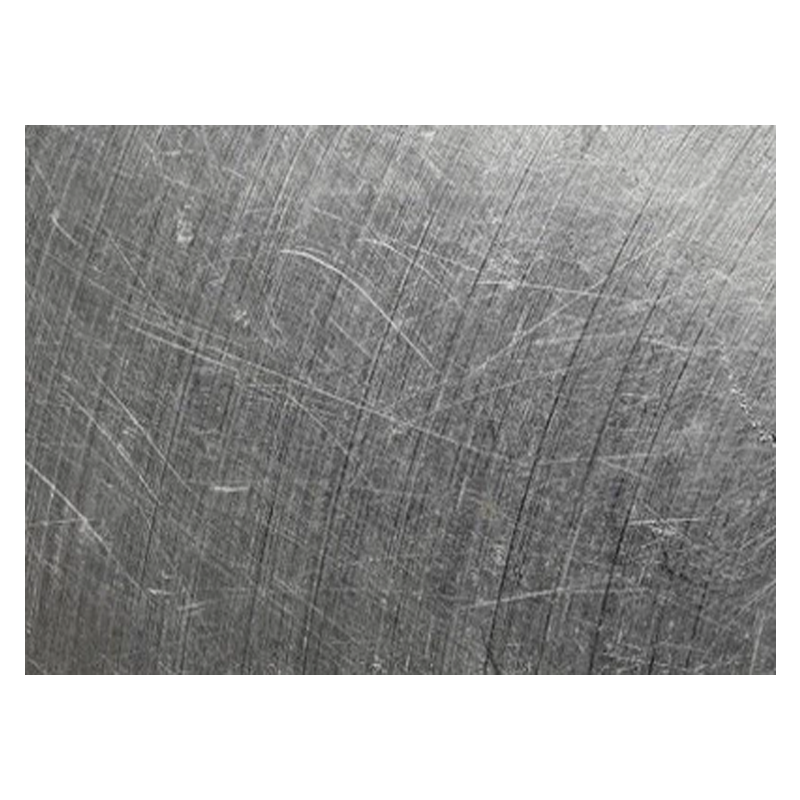
8. Bursting
Bursting refers to cracks or breaks that form along the edges or surfaces of a part, typically in areas of stress concentration. This defect is particularly dangerous as it can lead to a significant reduction in the part’s strength, affecting both its functionality and lifespan. Bursting usually occurs in holes or thin areas where the material is stretched beyond its capacity.

Key Causes of Metal Stamping Defects
Understanding the root causes of metal stamping defects is essential in addressing and preventing them. Several factors contribute to the formation of these defects:
1. Excessive Strain
When the metal is subjected to too much strain, especially at edges or bends, the material can exceed its ductility, resulting in cracks. Excessive strain can also lead to the creation of wrinkles and other surface defects.
2. Improper Metal Materials
The selection of unsuitable materials or materials with impurities, such as pores or defects, increases the likelihood of defects like cracks and wrinkles. Choosing materials with insufficient ductility can lead to folds, missed cuts, and burrs, affecting both part quality and functionality.

3. Worn Punch Tools
Punch tools that are not sharp enough or are excessively worn can lead to incomplete cutting, resulting in folded edges or uncut portions of the material. Tool maintenance and regular inspection are critical to ensure proper function.
4. Flaws in Mold Design
A poorly designed mold can lead to excessive stress on the metal during stamping, causing cracks or other defects. Mold geometry, such as angles, fillets, and surface finishes, must be optimized to distribute stress evenly and prevent material failure.
5. Incorrect Stamping Parameters
Improper settings for parameters such as punch speed, temperature, and pressure can cause defects like cracks, missed cuts, or even material leakage. Ensuring that the stamping parameters are properly calibrated is essential to avoid these issues.
6. Insufficient Lubrication
Inadequate lubrication increases friction during the stamping process, which can lead to cracks, folds, and uneven stretching. Proper lubrication ensures smooth die movement and minimizes friction, resulting in a better finish.
How to Prevent Metal Stamping Defects
Now that we understand the causes of defects, let’s explore the steps you can take to prevent them in your stamping processes:
1. Optimize Stamping Parameters
Adjust the stamping parameters, including punch speed, temperature, and pressure, to ensure the metal is subjected to appropriate strain. Regular calibration can help achieve the desired outcome.
2. Choose High-Quality Materials
Select metals with superior flexibility and toughness to reduce the risk of cracks. Be sure to inspect the materials thoroughly before use to ensure they meet the required specifications.
3. Improve Mold Design
Proper mold design is crucial in avoiding defects. Ensure that the mold geometry balances stress and prevents local stress concentration that can lead to cracks and other issues.
4. Lubrication
Proper lubrication reduces friction, ensuring a smoother stamping process. This not only helps in avoiding defects like cracks but also extends the life of the tooling.
5. Preheat or Pre-stretch the Metal
Preheating or pre-stretching the metal before stamping can enhance its plasticity and reduce the risk of stretch cracks and other defects.
6. Deburring
After the stamping process, ensure that deburring is performed to remove any sharp edges or material residue that could affect the part’s final appearance and performance.
7. Quality Control
Implement a robust quality control system that includes regular inspections and the use of advanced technologies to detect potential defects early.

Conclusion
In this blog, we have explored the common defects found in metal stamping, including cracks, wrinkles, and surface strains. We have also discussed the various causes of these defects, such as improper materials, tooling issues, and incorrect stamping parameters. At Plantmetal, we understand that minimizing defects is crucial to maintaining high-quality products, and that’s why we focus on optimizing each step of the process—from material selection to mold design and quality control.
By working with us, you can ensure that your metal stamping projects are completed with the utmost precision and efficiency. If you have any questions or need assistance with your next metal stamping project, feel free to reach out to our team. We look forward to helping you achieve superior results and streamline your production process.

